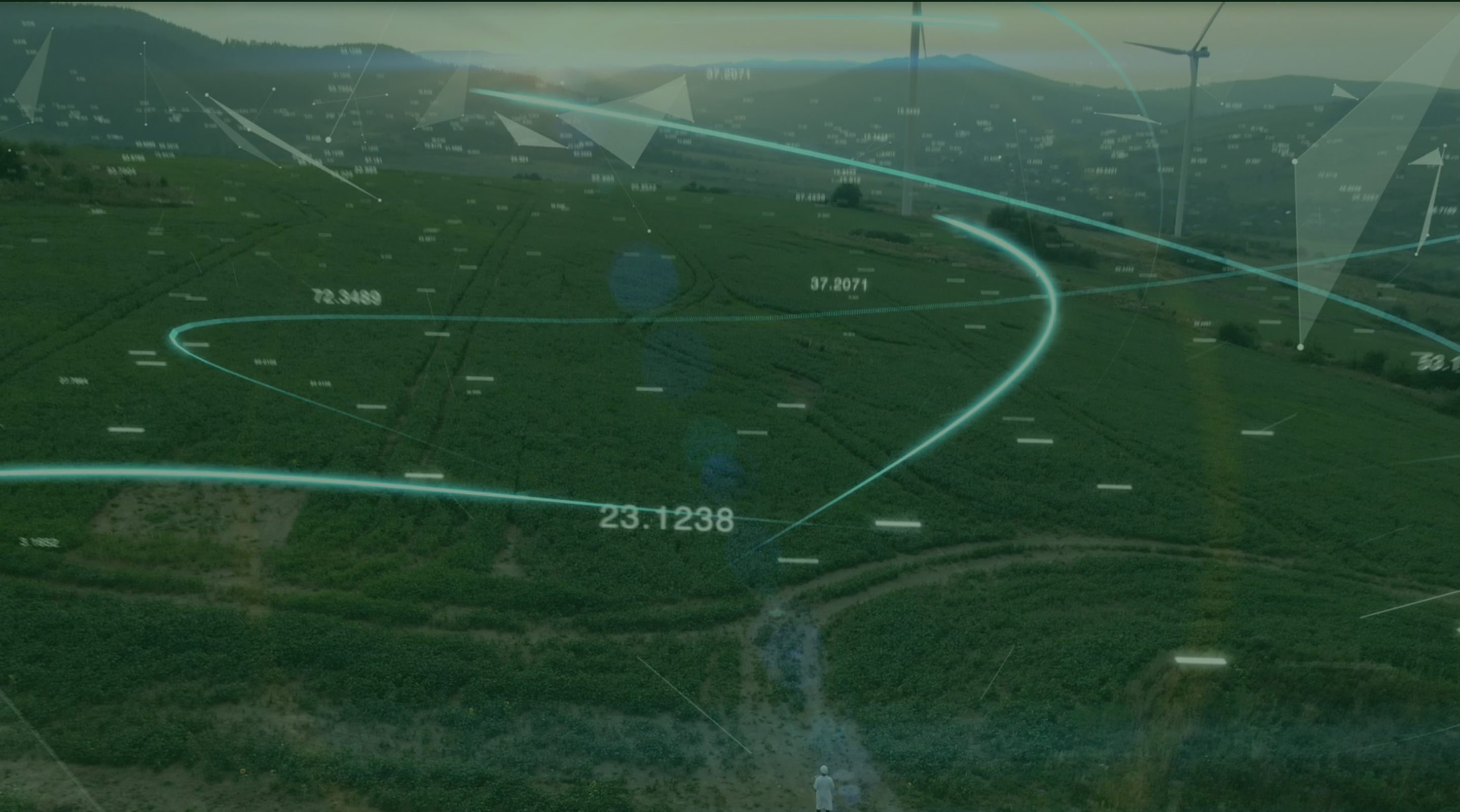
Article posted by
2020 was one of the most exciting years to date for the US wind energy sector, despite the global pandemic and knock-on supply chain issues delaying a number of installation projects. Q1, before the global slowdown kicked in, was more than double Q1 2019 in terms of new installations, with 1,821 MW added and by the end of Q3 last year, 6,309 MW was a record for the first nine months of a year. Despite unavoidable delays in manufacturing and transportation, construction records were still beaten in 2020 and the pipeline for new wind projects is still strong, with 43,575 MW currently under construction or in advanced development. The bipartisan support for clean energy over fossil fuels to counteract climate change means that wind is expected to have an even stronger 2021.
Offshore wind
A few miles off the coastline of the US is more than 2,000 GW of potential offshore wind energy, which is almost twice as much electricity as we currently use as a nation. If just 1% of that is harvested, 6.5 million homes could be powered by offshore wind. There’s still a long way to go, given our first turbines were installed just four years ago to power a small community in Rhode Island, but offshore projects currently represent more than 20% of the project pipeline. The interconnection queue data in New York state alone shows 13 GW of offshore wind capacity additions slated for the next few years, which is even more than solar. While some of these projects may not come to fruition, the developer interest is evident for offshore ventures, especially as there are numerous siting challenges for onshore projects in some states.
The Atlantic off the Eastern Seaboard has the most offshore wind potential and many states, particularly in the Northeast, have projects on the horizon. In New England, there are currently four times as many proposals for wind sites than those for natural gas-fired power plants, and New York state has passed a law mandating 9,000 MW of offshore wind by 2035. One of the challenges off this coast is the ocean depth. To site a wind farm far enough offshore that it’s not visible from the coast (and therefore often objected to), means traditional towers on the seabed may not be possible. In Maine, they may find a solution to this in 2022 when a project that features two floating turbines with cables anchored to the ocean floor goes online.
Improving tech
Alongside floating offshore turbines, there have been a number of advances in wind energy technology that are driving the industry forward. GE recently launched the largest turbine yet, the Haliade-X 12 MW, whose three 720ft rotors can power 16,000 homes each. GE’s renewables arm has also developed a way to monitor voltage and deliver reactive power back to the grid when it is needed with their new WindVAR product, which could transform wind power projects in rural or remote locations where grids can be weak. Siemens have produced a unique wind turbine blade, being the first to be manufactured aerodynamically as a single piece. The new design therefore has no weak points in its structure, theoretically extended its lifespan against the common enemies of water ingress, lightning or cracking. Triton’s new Sonic Wind Profiler is also enabling wind projects to get off the ground. The remote sensing system can determine the optimal site for a wind farm, as well as later audit individual turbines for their exact location and efficiency.
Wind hiring trends
We have seen a lot of activity in the sector over the last year and expect this to increase rapidly over the coming years. While the industry currently employs 120,000 in the US, this figure is set to soar – even the Bureau of Labor Statistics recently had wind turbine service technician as the nation’s fastest growing job. While there are niche skill sets involved, there are of course multiple opportunities for those in other energy sectors with transferable skills to move into wind. The boom in offshore projects will also create a number of jobs – 74 different roles are required to get an offshore project operating, according to the Workforce Development Institute. If the pipeline and the potential is realized, the AWEA believes 83,000 new jobs will be created by 2030, with 36,000 between Maryland and Maine alone.
Final thoughts
According to the Energy Department, there are now 180 onshore and 17 offshore wind projects lined up for the next five years with a total value of $84 billion, with wind set to be the main source of renewable energy production for years to come. As companies look to meet sustainability targets and improve bottom lines, renewable energy checks both boxes, so purchasing wind power will rapidly become the norm – 10% of current wind power goes to corporate customers and this will only increase. As consumers become more eco-conscious and look to align themselves with businesses who demonstrate similar values, there is much more than targets at stake. Those organizations who embrace the wind energy revolution early could gain a real competitive edge.
Do you want to be at the forefront of the latest innovations in wind energy? Take a look at our latest opportunities or get in touch with Oliver Buck - oliver.buck@wearero.com


